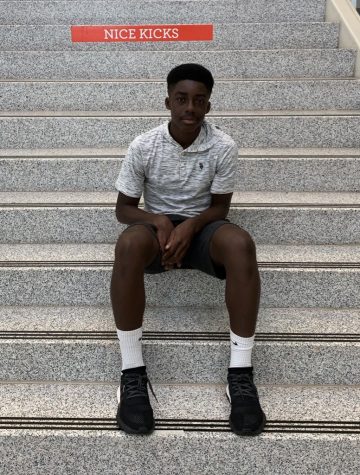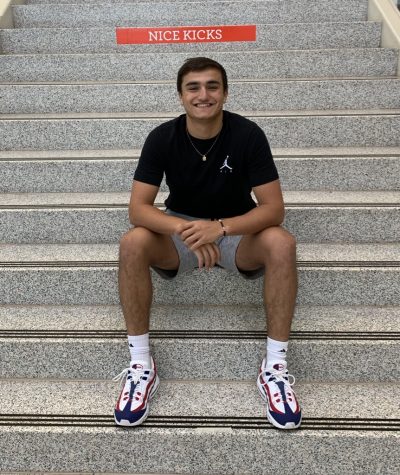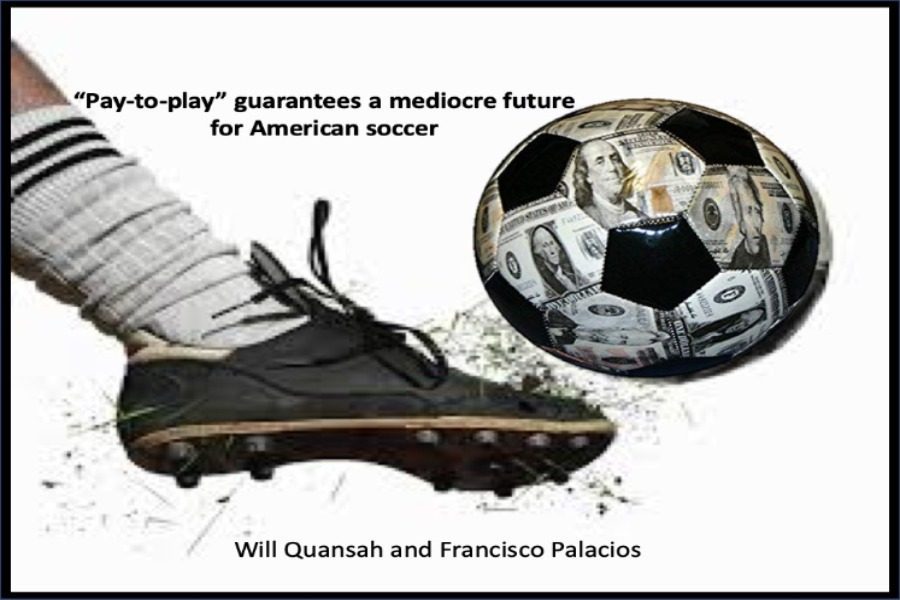“Pay-to-play” guarantees a mediocre future for American soccer

More stories from William Quansah
January 22, 2020

More stories from Francisco Palacios
According to a Utah State study, club soccer can cost up to $5,500.
Many youth soccer players who dream of representing the U.S. at the World Cup stage should just hang up their cleats now. It won’t happen for them.
The 10-year-old who puts on a Ravens jersey to trick-or-treat really might have a chance of becoming an NFL player–this is not the case for the kid across the street wearing a Messi jersey.
On October 10, 2017, the United States Men’s National Team (USMNT) failed to qualify for the 2018 World Cup for the first time since 1982.
Many saw the failure as a chance to completely rebuild the national team and work towards a brighter future, but nothing has changed; the U.S. has easily dismantled teams in CONCACAF but struggled in a 1-0 defeat to Mexico in the Gold Cup Final as well as this past international break where the Mexicans dismantled the Americans in a 4-0 route.
The games against Mexico showed they still have a long way to go in their quest to compete with the world’s best and the question must be asked why the USMNT have never quite been able to compete at the top considering the U.S. is the third largest country in the world and have all the resources to have the most structured systems and best facilities?
The answer lies in the youth system and the fact to play at a high level one must “pay-to-play.”
In terms of soccer, the highest level of competition across the world is the club level. In the United States, there are two main levels of youth club soccer: Travel and academy. Most children who play club will play travel soccer due to the fact most clubs provide different levels of competition depending on one’s skill level. Clubs are also usually much more local for players.
Academy soccer is for those who are looking to pursue a professional career; There’s only one team per age group for academy soccer and most of these academies are in affiliation with MLS teams meaning the drive to these academies may be too long for some. In Maryland, Baltimore Armour, non-affiilated with the MLS, is the only academy. In the rest of the world, academies have the same goals of producing professional players but there is one main difference: the players don’t pay to be a member of the club.
According to a study by Utah State University, membership fees for an individual to play club soccer average $1,472 per year and can be as high as $5,500. From a local perspective, FC Frederick, based in Frederick County, registration per year fees range from $125 at the U-4/U-6 level to $1950 at U-16 and older.
Players also have to pay $180 fee for jerseys once they reach the U10 level. Transportation and hotel are also the players’ families’ responsibilities. Outside of America, academies pay for the players’ jersey, training, equipment, travel, and education expenses structuring the athlete’s life around playing soccer.
AFC Ajax , regarded as one of the best academies in the world located in Amsterdam, only charges parents 12 euros per year in insurance; everything else is free. If one is not good enough to play in an academy, they can still play in a recreational setting with the chance of getting scouted to play at the semi-professional or professional level. Because soccer is the most popular sport outside America, talent can still be found in these recreational settings because so many people play and not everyone can be on an academy team.
It’s important to note that not all the academies in America are free either. D.C. United charges players on their U-14 team $2,500, and their U-16 and 18 teams $1,500 yearly.
The youth soccer system used in the rest of the world is the reason why the U.S. will always be behind. By making the highest level of competition free, other countries are able to choose from a large pool of talent; while in America, players of low-income families may never be discovered and their potential wasted.
Even parents who do have the money to put their kids in programs rightfully may opt not to because paying $2000+ yearly isn’t worth the risk their child won’t get a college scholarship or become a professional. These undiscovered players could be the difference between success and failure for the national team.
Many people will question the approach used by clubs like Ajax asking, “How will they [clubs outside of the U.S.] make money if everything is free?”
In an interview with the New York Times, former head coach Martin Jol of the Ajax’s professional first team answered that question indirectly when stating the club’s purpose. “I think that is the purpose of Ajax, to develop players and bring them up to the first team as young as possible. And then we sell them, not for peanuts but for a lot of money.”
What can be interpreted from this quote is that there is no need for Ajax to charge the players to be a part of their program because, if they nurture them well, they will make millions more in money compared to the thousands of dollars in fees U.S. clubs charge.
Just this summer, Ajax made $182.97 million dollars from selling Frenkie de Jong to Barcelona for $85.5 million and Matthijs de Ligt to Juventus for $97.47 million. De Jong, 22, was bought for one euro in 2015 from Willem II and first played for the reserve team before earning a spot on the first team. De Ligt, 20, was free as he had been part of the academy since 2009.
Current and former soccer players such as Alex Morgan, Hope Solo, Shaka Hislop, etc. have spoke about the issue of “pay to play” but nothing has changed. Solo, who won the World Cup in 2015 with the U.S. Women’s National Team, called soccer a “rich white kid sport” in America at a Hashtag Sports Conference.
Solo also explained why the USMNT didn’t qualify for the last World Cup. “…It’s because we are alienating so much talent in the youth system, and it breaks my heart because these kids are passionate about the game and they are filled with great skill, yet they’re being told if you don’t have the money, you can’t represent your country.”
The problem for the USMNT’s lack of success is clear as well as the solution. As a country we have all the resources to be competing with the very best and if we just looked at what other countries are doing an tried to implement a few of their methods, success would be just a generation away.
Your donation will support the student journalists of Linganore High School. Your contribution will allow us to purchase camera/recording equipment and software. We hope to raise enough money to re-start a monthly printed issue of our paper.



